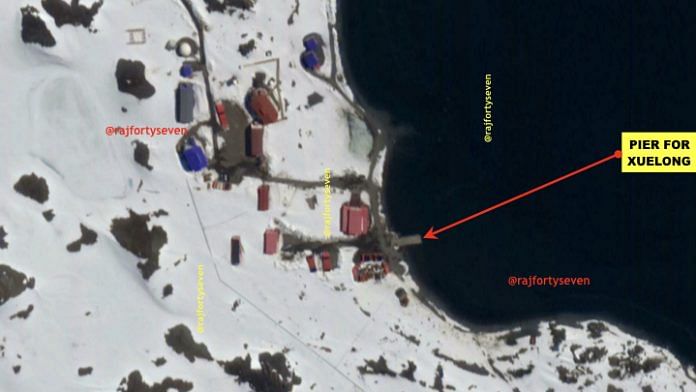China is building its fifth research station in Antarctica and is the second biggest source of tourists to the frigid continent.
New Delhi: China’s dream to gain substantial control of the Antarctic region is making rapid progress, exclusive satellite images accessed by ThePrint show.
Beijing’s Antarctic forays began in the early 1980s when it established its first research station called Changcheng or the Great Wall. India’s Antarctic forays began around the same time.
Since then, China has been continuously expanding its presence in the Antarctic on the pretext of explorations and scientific research.
China’s growing activities in the region represent its ambitions to control the maximum land area so it can influence policies governing the Antarctic region, especially the Antarctic Treaty System (ATS) 1959 and the Protocol on Environmental Protection to the Antarctic Treaty (PREPAT) 1991.
The ATS is a multilateral agreement with 53 signatory nations that restricts the use of Antarctic territory to peaceful purposes and scientific research. It recognises commercial tourism to the vast uninhabited region, but bars prospecting for minerals [“the protocol prohibits all activities relating to Antarctic mineral resources, except for scientific research”] and military exploits, though there have been violations.
Twenty-nine nations, including India and China, are allowed a decision-making role under the treaty, while 24 others just attend the meetings.
China’s aggressive exploration of the South Pole has been seen with alarm around the world, with experts attributing it not just to the continent’s potentially vast natural resources, but also its strategic location, as The Financial Times noted in an analysis last year, as did Australia’s ABC News.
Also read: China is making a Beijing-Tibet expressway and it has military implications for India
Manned stations
China today has four permanent stations on Antarctica, namely Changcheng (Great Wall), Zhongshan, Taishan (Great Mountain) and Kunlun (Karakoram).
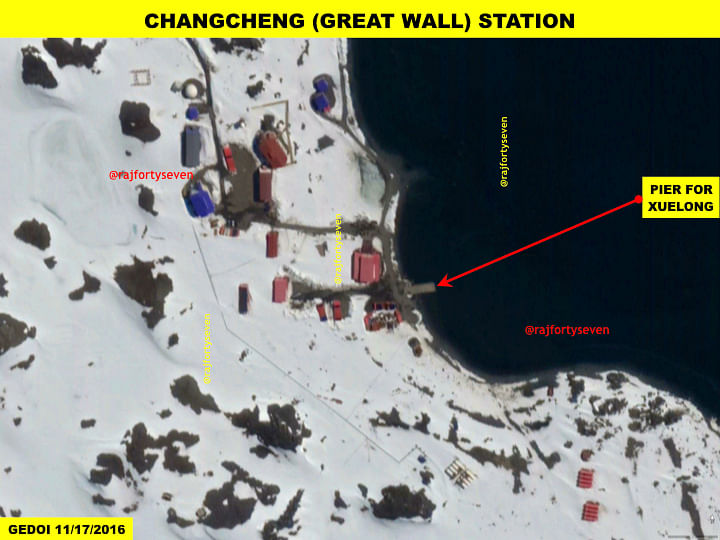
Earlier, Kunlun and Taishan were summer (November-April) stations, but satellite images indicate that they are now permanent in nature.
The country is now planning to expand to the eastern side of the Antarctic by establishing a fifth research station at the Inexpressible Island in the Terra Nova Bay of Ross Sea. The US also has five research stations in Antarctica, while Russia reportedly has eight. India has two research stations in Antarctica.
Called ‘Refuge’, the fifth Chinese station is said to be aimed at studying the history of the Antarctic, but its proximity to the South Korean station, Jang Bogo, suggests the motive may be something entirely different.
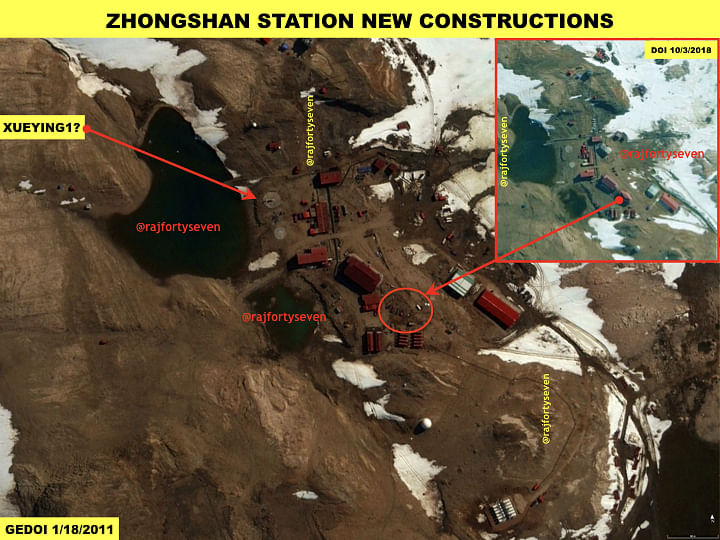
According to Xu Shijie, one of the leaders of China’s expedition to identify a location for ‘Refuge’, “having a station there is also a way to establish China’s influence in Antarctic expeditions”.
All the perennial stations are connected with each other as well as other countries’ stations with snow-beaten roads. Zhongshan, Taishan and Kunlun have a continuous traffic of tracked vehicles between them, possibly throughout the year.
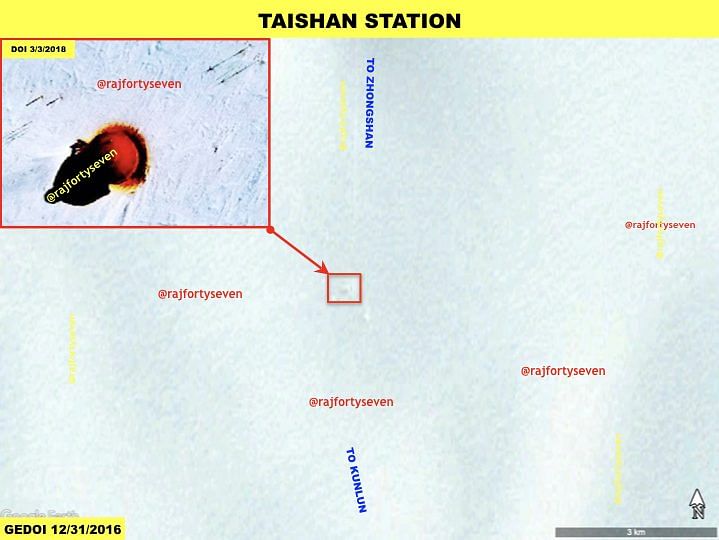
Unmanned stations
It is believed that China has also established unmanned stations at a few locations. There are two places where its unmanned stations could be located — Dome Argus and South Pole.
Airports
China has two airports to support its Antarctic missions, located close to the Zhongshan and Kunlun stations.
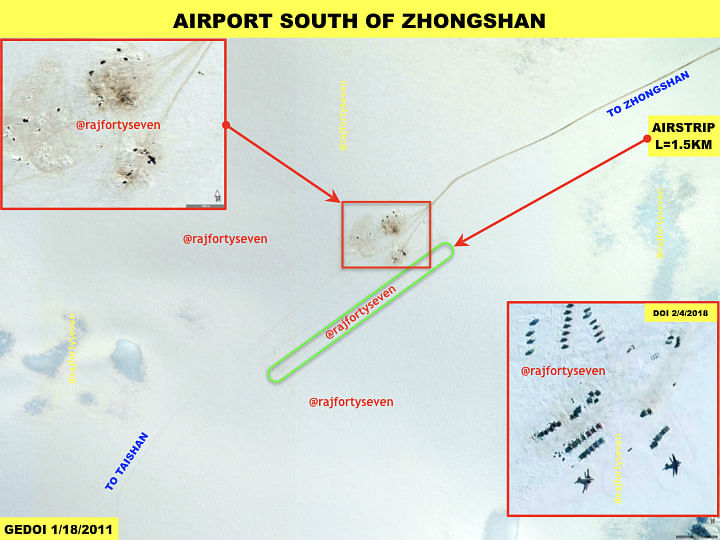
One of them, an airport 65 km south of the Zhongshan station, has an airstrip 1.5 km long, while that of the second one, near Kunlun, is 5 km long with a width of almost 220 metres.
A strip of ice 10m deep and 10-20m wide has been carved near the Kunlun station for nearly 4 km, though its purpose is not clear.

In 2010, the first Chinese aircraft to land on Antarctica was a Douglas DC-3 of the People’s Liberation Army Air Force (PLAAF) specially prepared for the region. Since then, regular sorties of this aircraft have been flown to the region.
Another Douglas (Basler) BT-67 Turbo-67 (DC-3) C-FGCX/19446/601 Ex N471DK, 4X-FNH named ‘Xueying-601’ is now being used as a major lifeline for mission logistics.
It was converted at Basler Turbo Conversions Inc. Oshkosh, US, for missions to the South Pole after it received an arctic retrofit at Muskoka, Ontario, Canada.
There are also at least 10 unmanned aerial vehicles (UAVs) supporting these stations very closely. These are used for small tasks up to 2-4 km from the stations, especially to assess snow and ice conditions.
Tourism
China Southern and Hainan airlines have a special tie-up with the Chinese National Antarctic Research Expedition (CHINARE) for tourists wishing to visit the South Pole.
According to the International Association of Antarctica Tour Operators (IAATO), an estimated 46,385 tourists visited the continent during the 2016 and 2017 season (roughly October to early April). Of these, 12 per cent or just over 5,000 were Chinese, making them the second biggest group of visitors by nationality after Americans.
The IAATO monitors and controls tourism to Antarctica and ensures humans don’t disturb the animals especially penguins and sea lions.
Ice-breaker vessels
CHINARE has a single ice-breaker to support Antarctic missions called ‘Xuelong’.
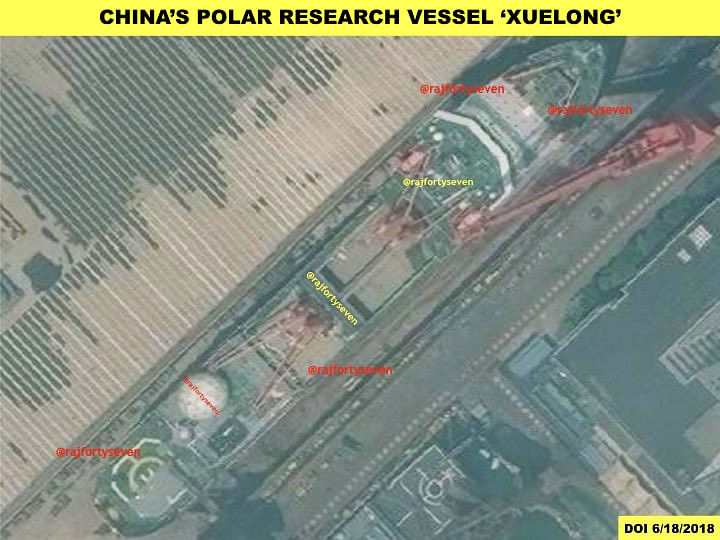
In 2014, when the Russian vessel Akademik Shokalskiy, carrying tourists, got trapped in thick ice approximately 185 km east of the French station Dumont d’Urville, everyone was surprised.
When Xuelong embarked on a rescue mission, it got stuck in ice after seven days as well. The tourists were subsequently rescued by ‘Xueying’ helicopter, but the incident emphasised the need for stronger vessels that are able to cut ice both at the front and at the stern.
China has designed a special vessel, smaller yet stronger, for this purpose. Xuelong-2 will have ice-cutters both at the bow as well as at the stern, and will be able to cut through 3 metres of ice at a speed of 3 knots (approx. 5 kmh).
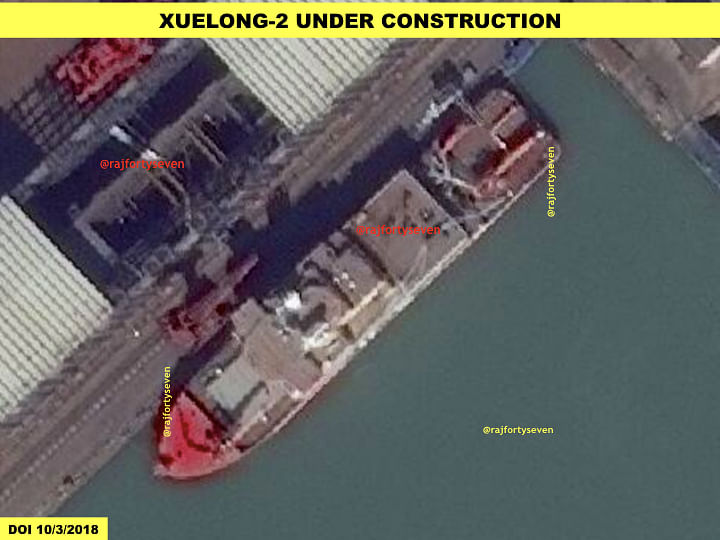
It is under construction at Jiangnan Changxing near Shanghai, and is approximately 127 m long and 27 m at the beam, equipped with all modern gadgetry and satellite communication.
The ever-increasing Chinese air, sea and land activities in Antarctica indicate a concerted and continuous effort to control vast tracts on this open continent.
Although China does not have any territorial claims yet, expanding its occupation of land suggests that things may change soon.



